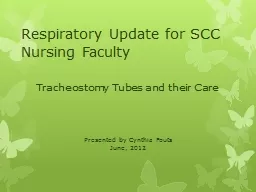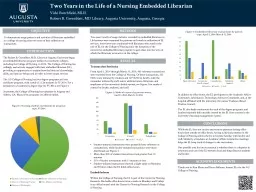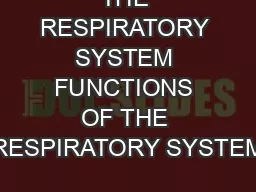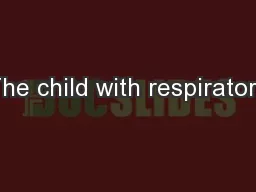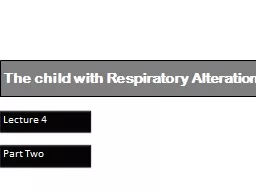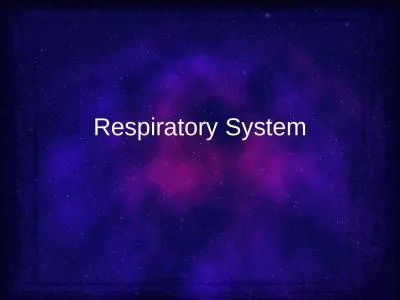PPT-Respiratory Update for SCC Nursing Faculty
Author : min-jolicoeur | Published Date : 2016-03-13
Tracheostomy Tubes and their Care Presented by Cynthia Fouts June 2012 Learning Objectives After viewing this presentation the learner will be able to Identify different
Presentation Embed Code
Download Presentation
Download Presentation The PPT/PDF document "Respiratory Update for SCC Nursing Facul..." is the property of its rightful owner. Permission is granted to download and print the materials on this website for personal, non-commercial use only, and to display it on your personal computer provided you do not modify the materials and that you retain all copyright notices contained in the materials. By downloading content from our website, you accept the terms of this agreement.
Respiratory Update for SCC Nursing Faculty: Transcript
Download Rules Of Document
"Respiratory Update for SCC Nursing Faculty"The content belongs to its owner. You may download and print it for personal use, without modification, and keep all copyright notices. By downloading, you agree to these terms.
Related Documents

